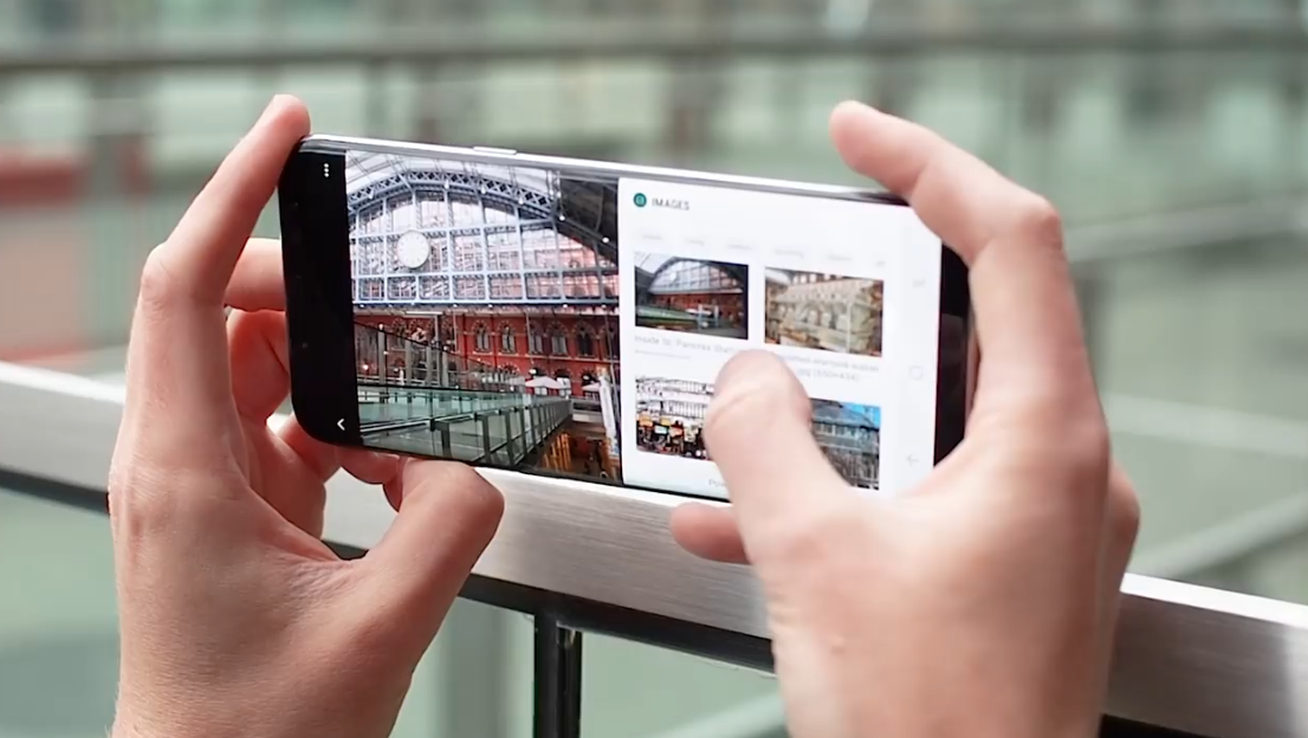A camera in a mobile phone is commonplace today. You could say that many of you are buying it just for the sake of it. For undemanding users, it is abundantly sufficient to capture important moments. Simply pull out your phone, turn on the camera and 'click'. The more demanding ones reach for the camera as such.
Today's Samsung flagships have quite high-quality optics and a sensor starting at f/1,7 on the main camera. In this article, we will not compare the quality of the cameras, nor will we compare them with SLRs. One is enough for someone, another is enough for someone else. We will focus on manual or professional camera mode. All newer smartphones already have this mode, so most will be able to try it out.
Thinking of buying a new phone with it the best camera? In that case, you shouldn't miss it test of the best photomobiles, who prepared the portal for you Testado.cz.
Clone
We do not know how to adjust the aperture in mobile devices. But to explain, let's talk about her.
It is a circular hole in the center of the lens that regulates the amount of light passing through it. The optics used in mobile devices are oversized to keep the aperture fixed. It is one of the reasons to make the camera as small and high quality as possible. The aperture number ranges from f/1,9 to f/1,7 in the latest device models. As the f-number increases, the size of the aperture decreases. So, the smaller the number, the more light reaches the camera sensor. Low f-numbers also create a nice blurred background for us without using a filter.
Hour
Time is a function that can already be changed in manual mode. It tells us the time for which the light must fall on the camera sensor in order for the photo to be correctly exposed. This means that it should not be too dark or light. We have a range from 10 seconds to 1/24000 second, which is a very short time.
You can use this option mainly in low light, when it is necessary for the light to fall on the sensor for a longer time and you do not want to rely on automatics. It is she who can cause problems in poor lighting conditions. Well, don't forget that you'll need a tripod or something else to keep the phone from moving during photography. With the change of time, you can create beautiful photos of waterfalls or a flowing river, when the water will look like a veil. Or night shots of the city beautified by the lines from car lights. Who doesn't want artistic photos too?
ISO (Sensitivity)
Sensitivity is the ability of the sensing element to use light. The higher the sensitivity, the less light we need to expose the image. Several standards have been created to determine the sensitivity value. Today, the international ISO standard is used. Translated into human language, this means that the higher the ISO number, the more sensitive the camera sensor is to light.
Have a beautiful sunny day. In such conditions, it is ideal to set the ISO as low as possible. There is enough light around, so why strain the sensor. But if there is less light, for example at sunset, in the evening or indoors, then you will get dark pictures at the lowest number. Then you increase the ISO to a value so that the photo looks according to your wishes. So that it is neither too dark nor too light.
It all sounds simple, but ISO has such a small catch. The higher its value, the more noise will appear in the photos. This is because the sensor becomes more and more sensitive with each additional value.
White balance
White balance is another creative option that can be used to improve photos without additional adjustments. This is the color temperature of the image. The automatic mode does not always evaluate the scene correctly, and even with a sunny shot, it can appear bluish instead of golden. Color temperature units are given in Kelvin and the range is mostly from 2300-10 K. With a lower value, the photos will be warmer (orange-yellow) and, on the contrary, with a higher value, they will be cooler (blue).
With this setting, you can create an even more beautiful sunset or an autumn landscape full of colorful leaves.
Conclusion
Aperture, ISO and time are directly proportional to each other. If you change one quantity, it is necessary to set the other as well. Of course, there are no limits to creativity and it is not a rule. How your photos will look is up to you. You just have to try.
